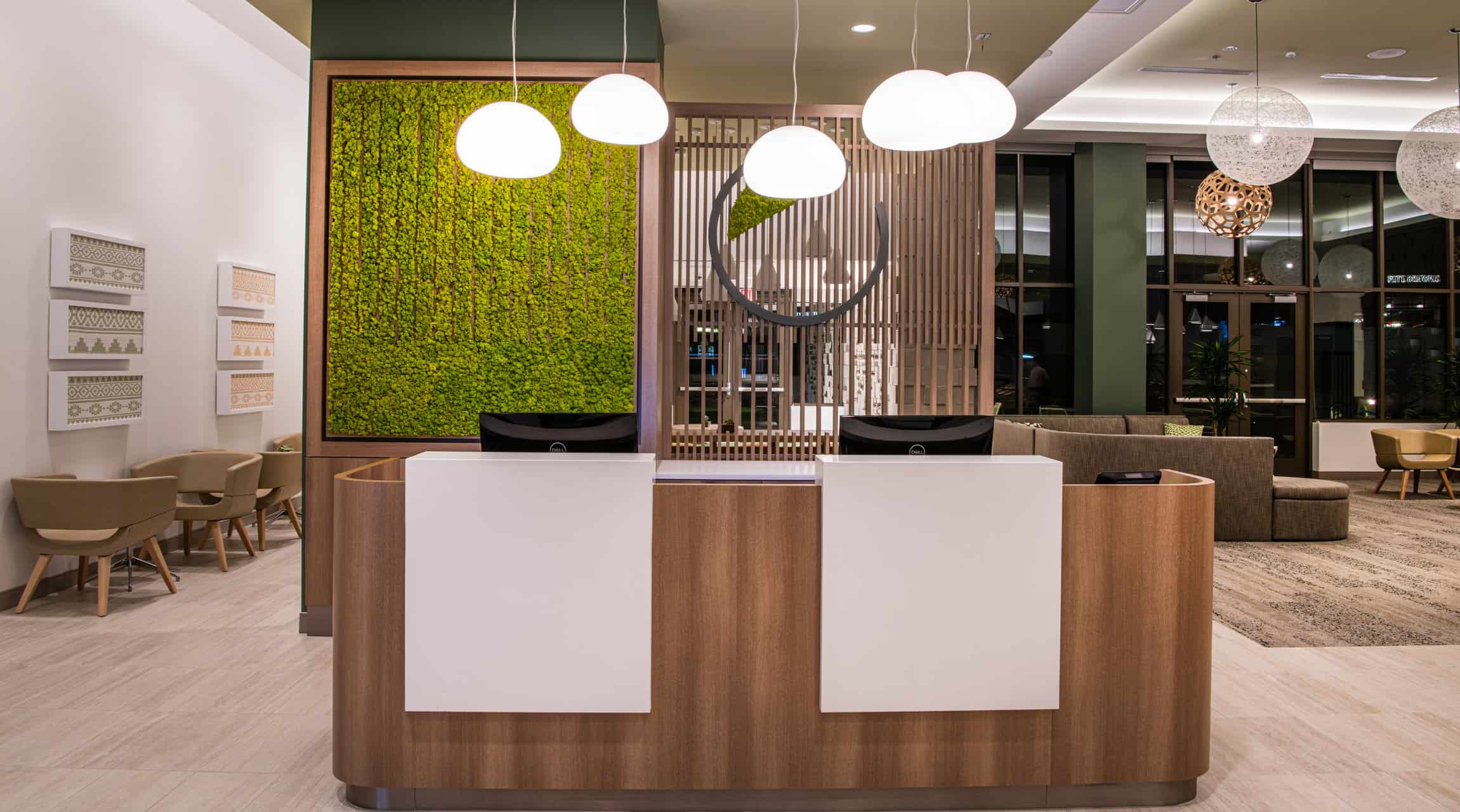The well-being and wellness trends have grown steadily over the past decade. In 2021 the Global Wellness Economy was estimated to be worth $4.5 trillion (about $14,000 per person in the US). Between 2013 and 2018, the wellness industry grew at an annual rate of 5.8%—almost five times as fast as the global economy.
This massive market now touches every aspect of our daily lives. While our demand for wellness products and services grows, brands are racing to develop their own or partner with leaders in wellness products and services.
- well-being | noun | well-being, or wellbeing, or quality of life, refers to what is intrinsically valuable relative to someone. So, the well-being of a person is what is ultimately good for this person, what is in the self-interest of this person. Well-being can refer to both positive and negative well-being. Health, happiness, comfort, security, safety, protection, prosperity, profit, good, success, fortune, good fortune, advantage, interest, success.
- wellness | noun | the state of being in good health, especially as an actively pursued goal: measures of a patient’s progress toward wellness | a healthcare system focused on wellness, not sickness | [as modifier]: company health and wellness programs.
Well-Being & Consumer Expectations
From a consumer perspective, as our understanding of well-being grows, so does the market and business opportunities. A decade ago, well-being was limited to wellness, and it focused on physical health, fitness and nutrition. Wellness services and products were exclusive, catering to a select, well-informed group.
Today, we consider wellness a subset of our well-being. We have a broader, more holistic understanding of what affects our mind, body and soul (spirituality). Although the COVID-19 pandemic slowed market growth, during the pandemic people had both time and resources to better understand what influences their well-being.
Once a trendy buzzword for a discerning elite, well-being has shifted to an expectation for everyone across generations, income and demographics.
As our understanding and awareness grew post-pandemic, our demand for services and products became a more intimate pursuit. We now search for specific and more personal options to achieve well-being.
Today, the Global Wellness Market is divided into an ever-growing array of sectors:
- mental wellness
- fitness
- workplace wellness
- wellness tourism
- financial well-being
- spa economy
- thermal/mineral springs
- nutrition and weight loss
- beauty and anti-aging
- preventive and personalized medicine
- traditional and complementary medicine
- wellness real estate
This diversity shows how extensive our interests in well-being have become. Once a trendy buzzword for a discerning elite, well-being has shifted to an expectation for everyone across generations, income and demographics. People today prioritize different notions for their personal well-being with a renewed focus on mental health and social equity. This new level of personalization has given rise to various industries that help us achieve and support our wellness goals.
Well-Being as a Design Strategy
As creators of brands and environments, we have seen the influence of wellness trends in shaping new customer behaviors and expectations, coinciding with the introduction of “well design” criteria as part of our design approach. These criteria include, but are not limited to:
- WELL certification of interiors
- a renewed focus on human activation
- local sourcing
- salutogenic design
- thermal control
- indoor pollution
- sound control
- community building
- circadian rhythm lighting
- and healthy food and water sources
The shift in design strategy has been remarkable. Well-being is now part of the work we do across multiple industries and sectors.
In the hospitality industry, our work with Marriott’s brands—Element Hotel and Westin—has focused on reactivating a well-being proposition to guests. In the healthcare industry, our approach has focused on the patient experience by removing obstacles and pain points and adding retail and hospitality strategies to improve the overall experience.
Our future demand for well-being products and services will continue to grow as our expectations for personalization and customization increase.
Likewise, we have seen shifts in the health and fitness sector. Brands like WELLWAY offer holistic health services that combine traditional healthcare with preventive medicine, health & fitness, food service and hospitality. In the food service industry, we have worked with “Just Salads” to open locations in medical campuses to provide healthier food alternatives for patients and staff.
Well-being is even influencing the pet industry. As the humanizing trend grows, clients like Petco/Reddy are incorporating human-grade pet food and “well design” elements into the pet-owner experience.
Personal Meets Global Well-Being
Our future demand for well-being products and services will continue to grow as our expectations for personalization and customization increase. As we become more aware of our health, we simultaneously become more attune to larger environmental problems that threaten our personal well-being. The two are inevitably intertwined – the well-being of the planet is top priority as we seek the same for ourselves, our loved ones and our communities.
“To take care of others, start by taking care of yourself.” Perhaps now more than ever, this saying is the gateway to realizing that our well-being is universally connected to that of our community and planet.

